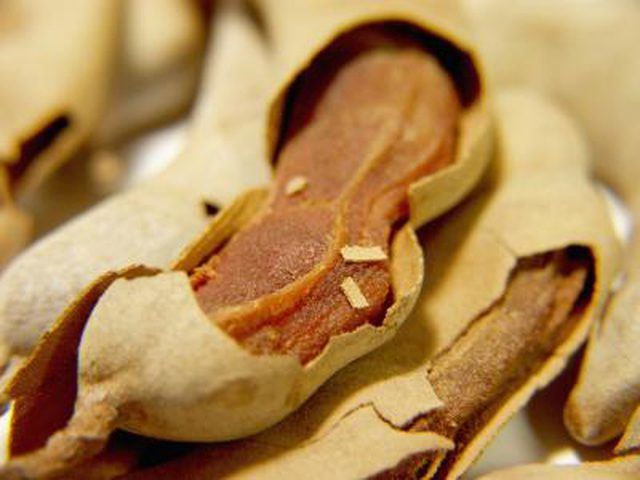Bulbs
Flower Basics
Flower Beds & Specialty Gardens
Flower Garden
Garden Furniture
Garden Gnomes
Garden Seeds
Garden Sheds
Garden Statues
Garden Tools & Supplies
Gardening Basics
Green & Organic
Groundcovers & Vines
Growing Annuals
Growing Basil
Growing Beans
Growing Berries
Growing Blueberries
Growing Cactus
Growing Corn
Growing Cotton
Growing Edibles
Growing Flowers
Growing Garlic
Growing Grapes
Growing Grass
Growing Herbs
Growing Jasmine
Growing Mint
Growing Mushrooms
Orchids
Growing Peanuts
Growing Perennials
Growing Plants
Growing Rosemary
Growing Roses
Growing Strawberries
Growing Sunflowers
Growing Thyme
Growing Tomatoes
Growing Tulips
Growing Vegetables
Herb Basics
Herb Garden
Indoor Growing
Landscaping Basics
Landscaping Patios
Landscaping Plants
Landscaping Shrubs
Landscaping Trees
Landscaping Walks & Pathways
Lawn Basics
Lawn Maintenance
Lawn Mowers
Lawn Ornaments
Lawn Planting
Lawn Tools
Outdoor Growing
Overall Landscape Planning
Pests, Weeds & Problems
Plant Basics
Rock Garden
Rose Garden
Shrubs
Soil
Specialty Gardens
Trees
Vegetable Garden
Yard Maintenance
How to Harvest Tamarind
How to Harvest Tamarind. The tamarind (Tamarindus indica) is a semi-evergreen tropical tree that produces edible leaves, flowers and pods in U.S. Department of Agriculture plant hardiness zones 9 to 11. Immature pods are often eaten as a vegetable, while the mature pod is eaten as a fresh fruit or left to dehydrate in the pod. Dehydrated tamarind...

The tamarind (Tamarindus indica) is a semi-evergreen tropical tree that produces edible leaves, flowers and pods in U.S. Department of Agriculture plant hardiness zones 9 to 11. Immature pods are often eaten as a vegetable, while the mature pod is eaten as a fresh fruit or left to dehydrate in the pod. Dehydrated tamarind is used to make chutneys, desserts and a variety of sauces. The fruit is also made into drinks, such as ales, flavored sodas and teas. A mature tree can produce up to 500 pounds of fruit each year.
Things You'll Need
Tarps
Ladder
Baskets or buckets
Clippers
Spread out tarps beneath the tamarind tree. The tarps will catch the fruit after it falls, making it easier to gather from the ground. Place the tarps to cover all the ground underneath the branches.
Set up the ladder near the trunk of the tree. Climb the ladder to be able to access the main trunk of the tree and the branches. Shake the branches to release the ripe fruits. Move from branch to branch to harvest as much as possible. Use only branches that are mature and do not break when you pull on them.
Place the fallen fruits into the baskets for easy transportation. Another option is to gather the corners of the tarps together and carry the fruit that way.
Sort the fruit and clip stalks of fruit pods from branches where they're still attached. Take care not to damage the shell of the fruit, otherwise insects or mold could damage the fruit.
Tips & Warnings
Keep your head down when shaking the branches to avoid being hit in the face by falling fruit.
Always take proper safety precautions when climbing ladders or trees.